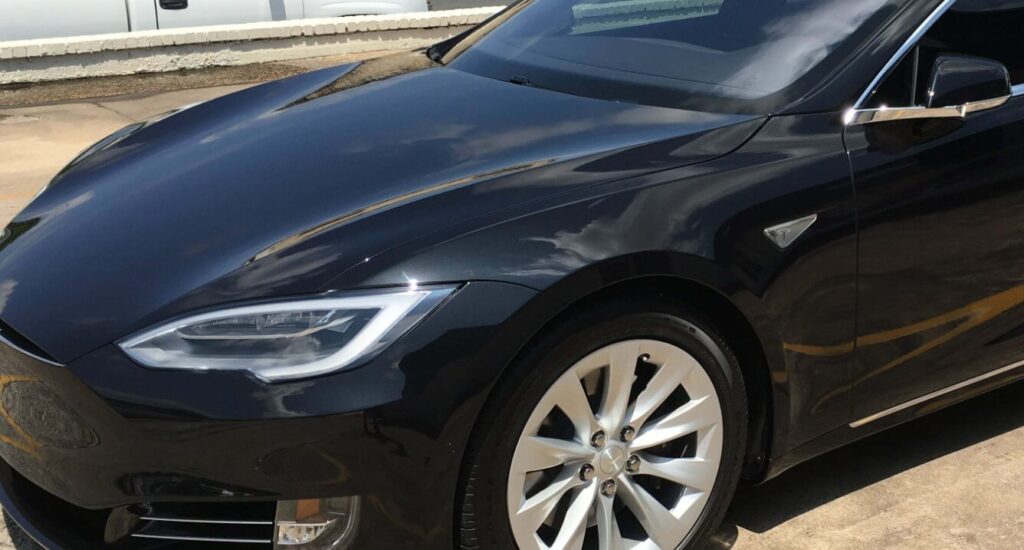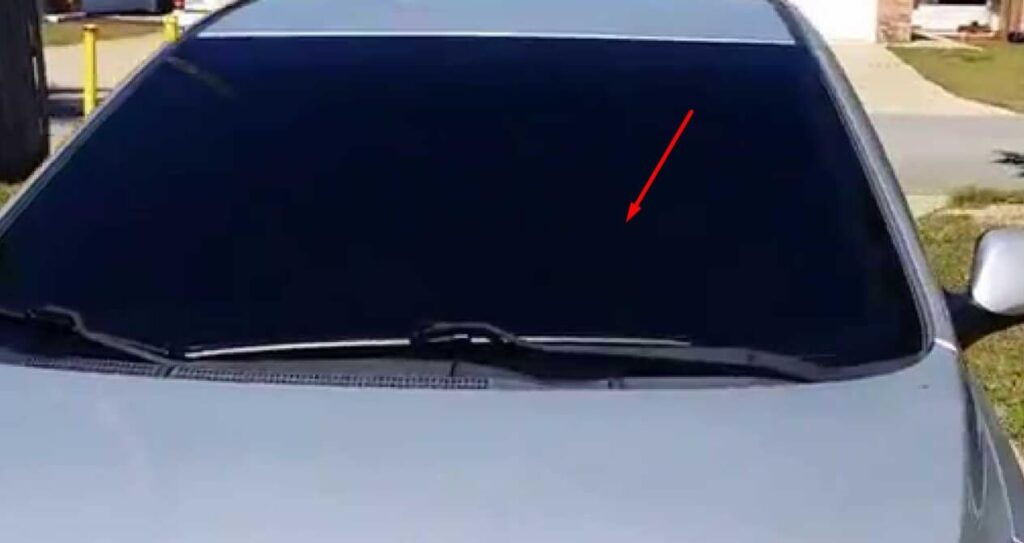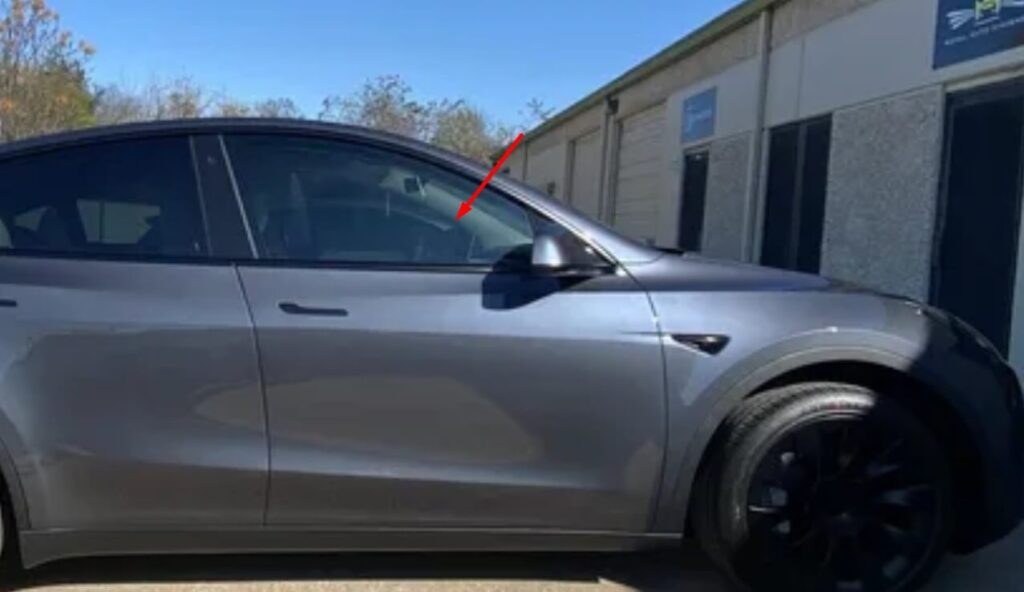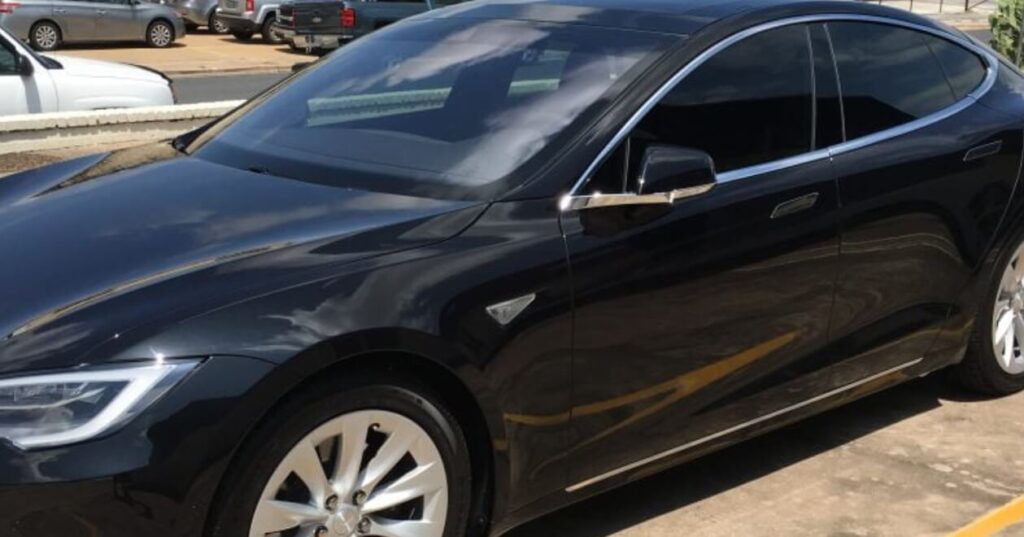No, 15 percent tint is not legal in Texas. Tint laws in the state require a minimum of 25 percent VLT (visible light transmission) on all windows, excluding the front windshield.
Violating these laws can result in fines and potential removal of the illegal tint. Having window tint on your car in Texas is subject to specific regulations. These rules ensure the safety of both the driver and law enforcement officers.
While many people prefer darker tints for privacy and aesthetics, it is important to understand and follow the state’s tinting laws. This article will provide an overview of the legal limits for window tinting in Texas and the potential consequences of violating these regulations.

The Legal Limit For Window Tint In Texas
The legal limit for window tint in Texas is that front side windows must allow more than 25 percent of light in. However, there are no specific limits for back side and rear windows, meaning you can have any level of tint on those.
What is 15 percent tint on front windows?
A 15 percent tint on front windows means that only 15 percent of light is allowed to pass through the tint. In Texas, this level of tint is below the legal limit for front side windows, as the law requires more than 25 percent of light to pass through.

What tint is legal in Texas?
In Texas, the legal tint limit for front side windows is 25 percent, meaning that at least 25 percent of external light must be able to pass through the tint. The back side windows and rear window can have any level of darkness.
However, it’s essential to be aware that regulations may change, and there could be additional restrictions or requirements. It’s recommended to verify the current tinting laws with local authorities or the Texas Department of Public Safety to ensure compliance and avoid potential penalties.

How dark can my tint be in Texas?
In Texas, the regulations for window tinting specify that for sedans, the front side windows must allow over 25% of light to pass through, and any darkness can be used on the rear side and rear windows.
Trucks, on the other hand, are allowed any darkness on the rear side and rear windows, with no restrictions on the front side windows.
It’s important to note that these regulations are subject to change, so it’s recommended to check the most current laws and regulations to ensure compliance with window tinting in Texas.
Is 35 tint legal in Texas?
Yes, 35% tint is legal for the front side windows of sedans in Texas. The state regulations stipulate that these windows must allow over 25% of light to pass through, making 35% tint within the legal limit.
However, it’s crucial to be aware of any potential updates or changes in the law and to check the most recent regulations to ensure compliance with window tinting in Texas.
Always verify the specific legal requirements to avoid any issues with law enforcement and maintain road safety.

Can commercial vehicles have tinted windows in Texas?
Commercial vehicles in Texas are subject to regulations regarding window tinting. According to Texas law, front side windows must allow at least 25% light transmission, while rear and back side windows can have any level of darkness.
However, the windshield must allow over 25% light transmission, and only non-reflective tint is allowed on the front windshield.
Does Texas Have A Tint Exemption?
Yes, Texas does have certain exemptions for window tint. Some vehicles, like ambulances, may have specific allowances for tinted windows. Additionally, individuals with certain medical conditions can request an exemption from the Department of Public Safety, allowing for darker window tint due to medical necessity.
How Dark Is 35% Tint?
A 35% tint means that only 35% of light is allowed to pass through the tint. It offers moderate light transmission, providing some privacy and shading while still allowing a considerable amount of natural light to enter. In the context of window tint, a 35% tint is relatively light compared to darker options.
Conclusion
To sum it up, the legality of 15 percent tint in Texas hinges on several factors. The Texas law permits a minimum of 25 percent visible light transmission (VLT) for front side windows and a 25 percent VLT for rear side and rear windows.
However, certain exceptions apply to different vehicles, such as trucks, SUVs, and vans. Additionally, medical exemptions may be granted if a licensed physician recommends tinted windows for a specific medical condition. While 15 percent tint may not meet the standard requirements, it’s crucial to consult with local authorities or a knowledgeable professional for accurate and up-to-date information.
Understanding the regulations surrounding tinted windows ensures compliance with the law and avoids potential fines or penalties. Ultimately, being well-informed empowers Texas drivers to make educated choices when it comes to window tint.
